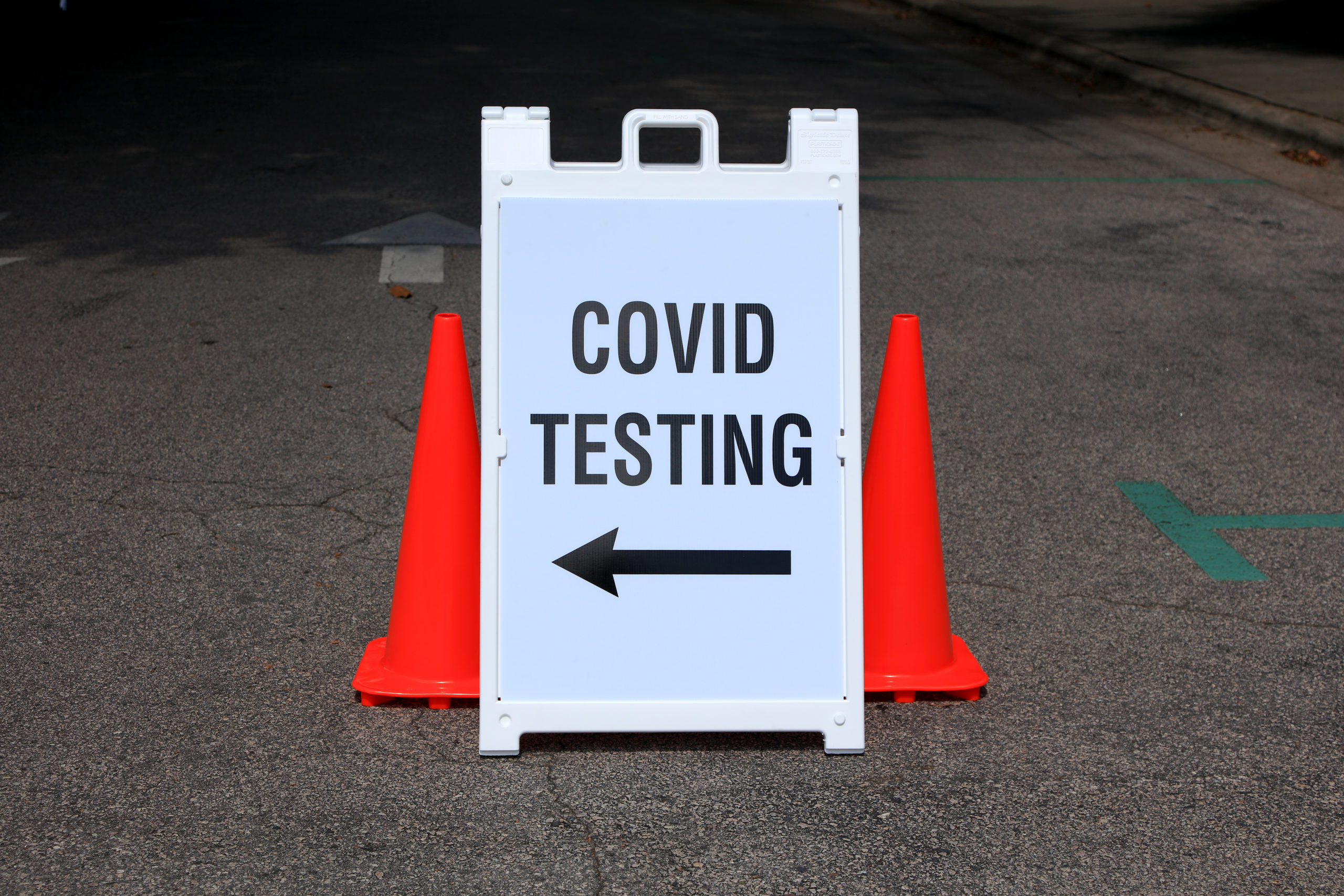Your COVID Event Testing Protocol Questions Answered
Key Takeaways:
- Communicate your testing protocols to attendees as soon as registration opens so they know what to expect. Share how often they will be tested, what’s required before they arrive, and who is responsible for quarantine costs should they test positive.
- Have attendees sign up in advance for testing appointment slots at the event to avoid bottlenecks or long waits.
- Talk with your venue and suppliers to find out their testing protocols and request any changes to accommodate your event.
- It’s too early for immunity certificates or proof of vaccination to serve as opt-outs of testing. Test everyone.
Meeting and event planners have already started planning for a return to in-person events. Part of a safe and responsible strategy is to implement a plan to screen guests for COVID through testing.
The Event Leadership Institute explored how to create testing protocols before, during, and after events at a recent webinar with Kelly Teneyuque Chaco, CMP, director of events at Eurofins; Travis Wilkes, medical director at Eurofins SAFER@WORK™ and EmpowerDX; and Erica White, event solutions Director at ITA Group.
Read on for answers to questions about creating an on-site COVID testing program.
Q: Are on-site testing programs just security theater?
A: No. Asymptomatic and pre-symptomatic people are spreading the virus. If you can catch one person with this test, then you can prevent an event-wide outbreak.
Q: Why are testing protocols still relevant with the vaccine rollout?
A: We’re still in the infancy of vaccination. There will be non-vaccinated people at events—either because they haven’t yet received the vaccination or have declined it—so we need to manage their risk.
Q: Who carries the financial burden of testing?
A: Typically the organization hosting the event assumes the burden. Options to offset the cost include asking attendees to handle the pre-event testing themselves or asking if the venue can bear some of the costs. Ask vendors and suppliers to handle testing of their staff working at the event. Another option is to explore sponsorship opportunities.
Q: What should a testing protocol look like?
A: Consider requiring pre-event testing with PCR tests, the gold standard. A rigorous program would require a PCR test 14 days before the event and then again three days beforehand. Once the event begins, implement daily rapid antigen testing of all attendees, speakers, and event staff. A post-event PCR test is also a good idea.
Q: What are staffing recommendations to run the on-site testing? Do you need to hire medical staff?
A: Look for a partner organization to operate the testing site so your planning staff can focus on the event. Medical staff are recommended—and in some instances required—to supervise self-testing by attendees or swab guests themselves. Often, attendees feel more comfortable when they have a medical professional perform the swabbing for them rather than self-collecting.
Q: When does on-site testing start, and what does it look like?
A: Here are two options: Attendees can take a rapid test immediately after arriving at the venue and then wait for the results in a designated room or outdoors. If the venue is a hotel, attendees can check in, take a rapid test, and wait for the results in their room.
Q: How do you prevent bottlenecks?
A: In your registration system or whatever platform you’re using to manage the testing process, have attendees fill out a consent form, sign up for a testing appointment, and determine how they will be notified of results. The less they have to fill out on-site, the better. Understand the flow of when guests will arrive and adjust your process and staffing accordingly.
Q: What do you do if someone doesn’t take a pre-test and shows up at the event?
A: For each event, define your risk tolerance. In this situation, you could deny them access to the event, or opt to screen for symptoms and give them a rapid antigen test. In either case, it’s important that you set the expectations ahead of time and train staff so they are equipped to handle the situation.
Q: What happens if someone tests positive on-site?
A: Discuss this scenario beforehand and have a clear policy in place that you communicate to attendees before the event. A reasonable way to handle a positive rapid antigen test on-site is to confirm it with a PCR test. Have that person quarantine until the results are available. If the positive results are confirmed, they need to stay in quarantine or, if they live within driving distance, return home.
Q: If someone tests positive, where does the host organization’s responsibility start and stop? Do you have to provide food and lodging for 14 days of isolation?
A: That is up to the host organization—and we’re aware of groups that have provided food and lodging during a quarantine and those that have declined. Either way, you should communicate your policy to attendees before the event so there are no surprises.
Q: If someone is confirmed as vaccinated, do you need to test them?
A: Yes. The vaccine is not 100 percent effective, and much of the population remains unvaccinated. It’s also possible for someone who is vaccinated to carry the virus and spread it to others. Vaccination is protection but it is not guaranteed immunity.
Q: Should you accept immunity certificates as a substitute for testing?
A: No, it’s too early for that. The FDA has advised that antibody tests cannot be used to determine immunity.
Watch and listen to the entire panel conversation for more best practices for on-site COVID testing.
Additional resource for ELI members: Smarticle | Tips for Starting an On-Site COVID Testing Protocol at Your Event


